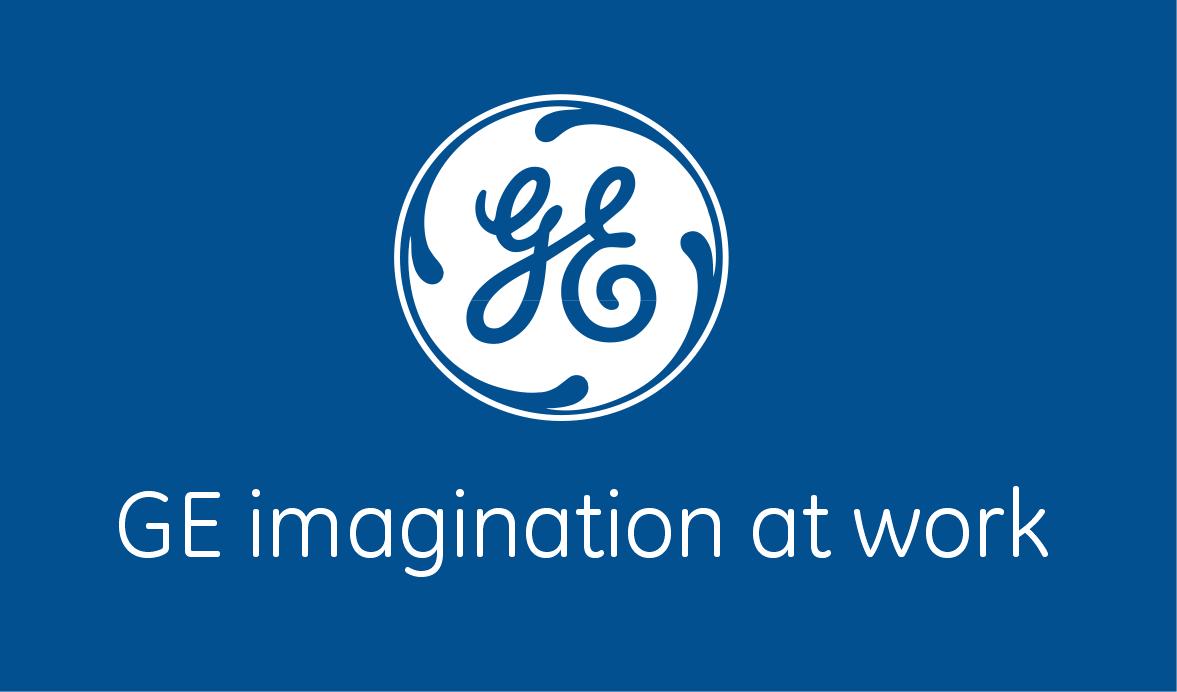In 1989-90, under the direction of Jack Welch, GE launched “Work-Out” – a team based problem-solving and employee empowerment program modeled after the Japanese quality circles model that was in vogue at the time. Work-Out was a huge success and Welch was frustrated by the rate of adoption through the business. Welch, the visionary, realized that GE (and everyone else!) was entering an era of constant change, and that those who adapted to change the fastest would be the survivors. He commissioned a team of consultants (including Steve Kerr, who was to become GE’s first Chief Learning Officer) to scour industry and academia to study the best practices in change management and come back to GE with a tool kit that Welch’s managers could easily implement. The result was the Change Acceleration Process, commonly referred to within GE simply as “CAP.”
THE CHANGE EFFECTIVENESS EQUATION
The team studied hundreds of projects and business initiatives. One of their insights was that a high-quality technical strategy solution is insufficient to guarantee success. An astonishingly high percentage of failed projects had excellent technical plans. As an example of such a project, consider a business adopting Siebel Customer Relationship Management (CRM) system enterprise-wide. Typically a great deal of effort is put into the technical strategy – to deploy the hardware and software, train the employees, etc.
The team found that it is lack of attention to the cultural factors that derail the project when there is a failure – not the technical strategy. Failure, for our purposes, is defined as failing to achieve the anticipated benefits of the project (i.e., the benefits that justified the project in the first place).
The team created the Change Effectiveness Equation, QxA=E as a simple way to describe the phenomena. Translated to English, it reads: the Effectiveness (E) of any initiative is equal to the product of the Quality (Q) of the technical strategy and the Acceptance (A) of that strategy. In other words, paying attention to the people side of the equation is as important to success as the technical side . It is interesting to note that they used a multiplicative relationship; if there is a zero for the Acceptance factor, the total effectiveness of the initiative will be zero, regardless of the strength of the technical strategy. I’m sure we can all cite examples from our own experience when this was observed.

